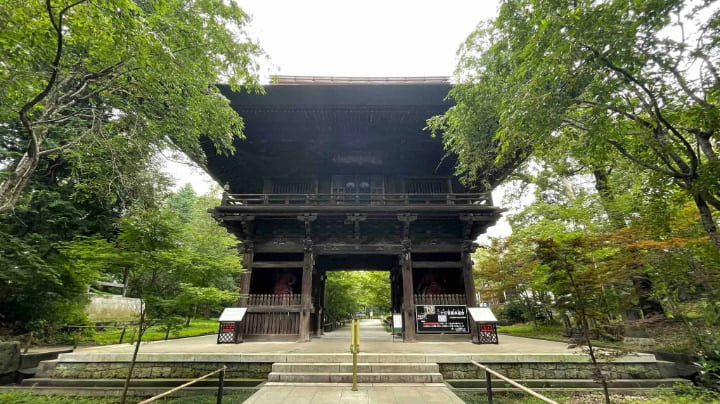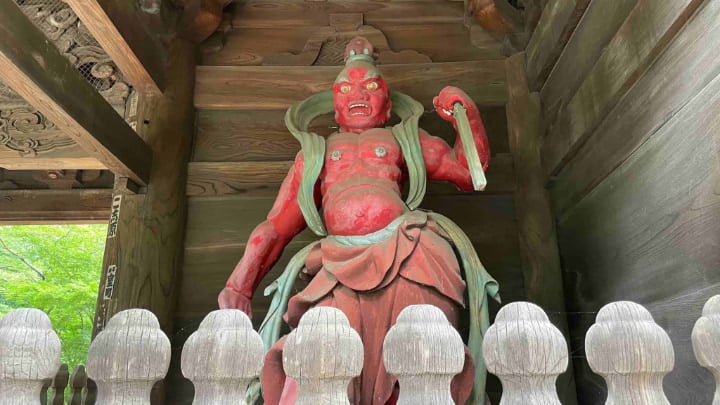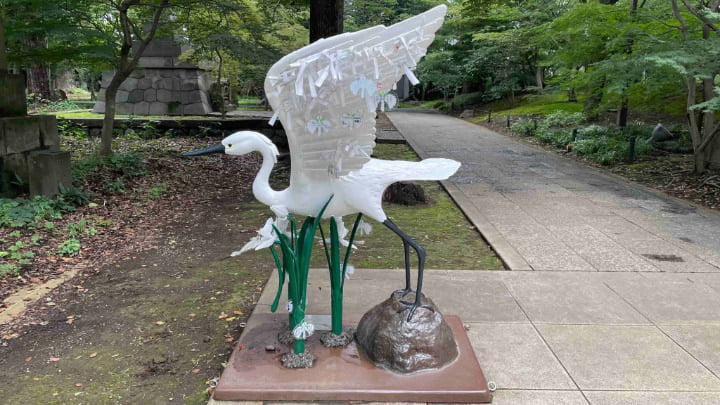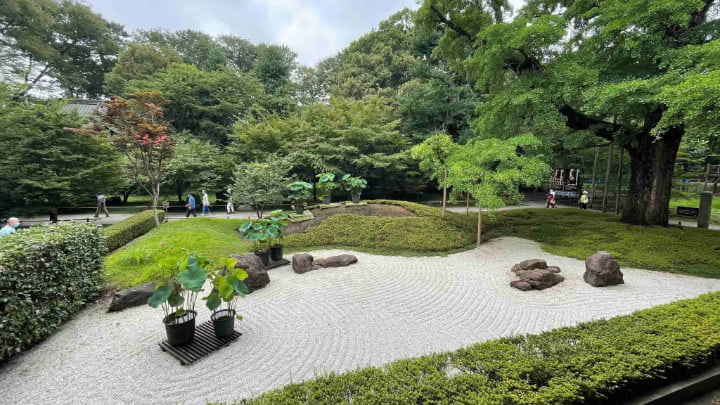Kuhonsan Yoanenbutsuin Jōshinji Temple




In the same location years before Kuhonsan Yoanenbutsuin Jōshinji temple was built stood 奥沢城 (okusawajō) or Okusawa castle. The ruler of this castle was Ōhira Dewa-no-kami. Ōhira Dewa-no-kami had a daughter by the name of Princess Tokiwa, who when became old enough to get married became the concubine for Kira Yoriyasu, the ruler of 世田谷城 (setagayajō) or Setagaya castle. Kira Yoriyasu fell in love with Princess Tokiwa, finding her beautiful. After other concubines heard about how much Kira Yoriyasu loved Princess Tokiwa, they started an untrue rumor about how Princess Tokiwa committed adultery with somebody else. After hearing this rumor several times, Kira Yoriyasu began to believe it and steered clear of Princess Tokiwa. Princess Tokiwa became upset at this, so she wrote a letter explaining the truth, tied it to the leg of a white heron (a bird she’d loved since she was a child), and sent it towards Okusawa castle. It so happened that at that time Kira Yoriyasu was hunting near Okusawa castle and happened to catch sight of the white heron. He shot down the white heron and noticed the letter tied to its leg. Upon reading the letter he became aware of the truth about Princess Tokiwa and quickly ran off to Setagaya castle where she was. However, Kira Yoriyasu was too late as Princess Tokiwa committed suicide. Later on, the white heron that Kira Yoriyasu had shot down was buried and given a memorial service near Okusawa castle where it had been shot down. Where it was buried a flower resembling a white heron eventually bloomed. That flower is known as the さぎ草 (sagikusa) or the "heron plant" and is now the official flower of the Setagaya ward of Tokyo.
Based on this legend, there is now a statue of a white heron on the grounds of Kuhonsan Yoanenbutsuin Jōshinji. Just like the white heron that Princess Tokiwa sent off with a letter attached to its leg one can buy a 絵馬 (ema), or a wooden tablet on which one writes their prayers, and tie it to the leg of this statue.

2/2